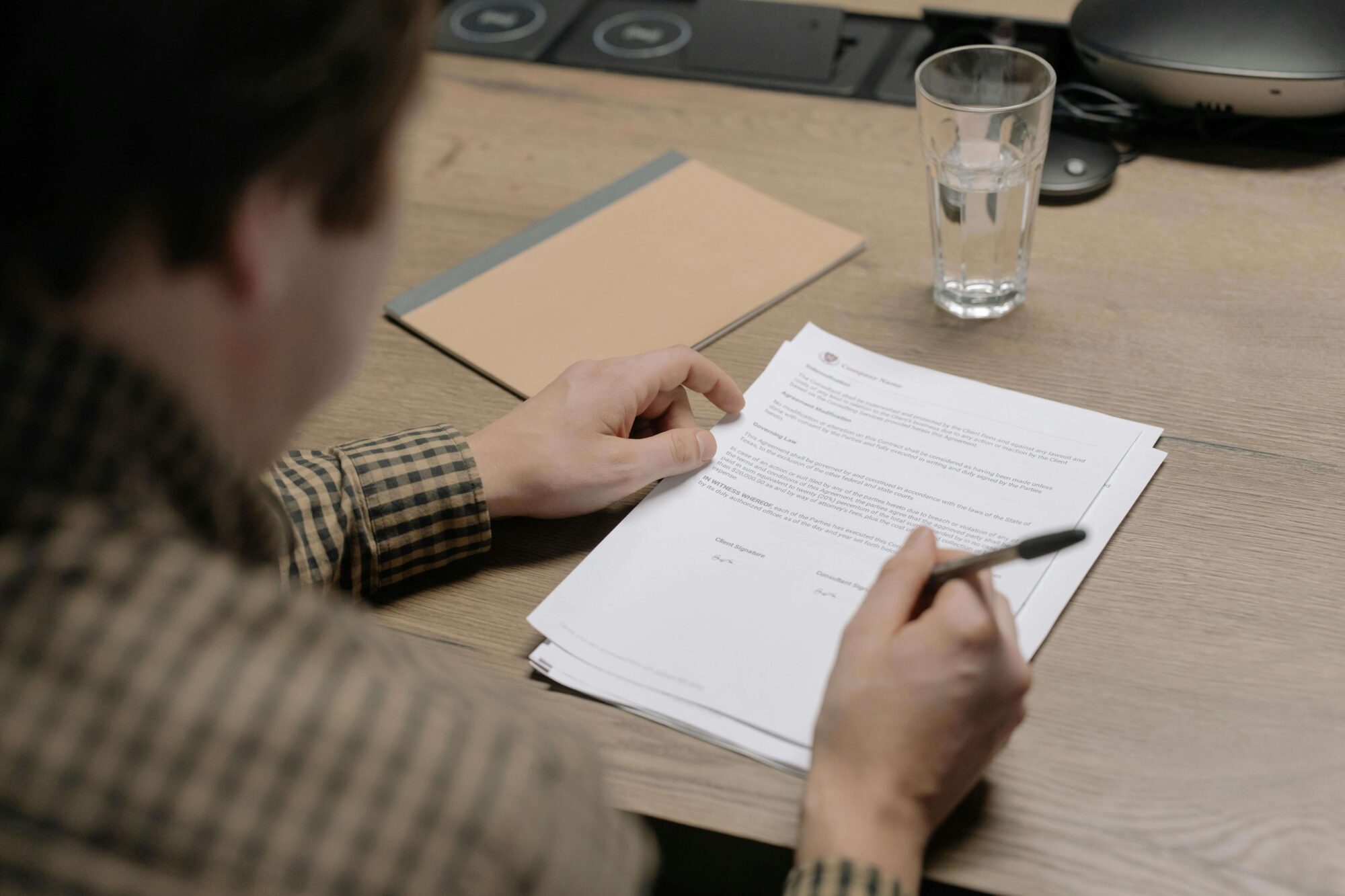When starting a new role, an agreement is reached between the employer and employee setting…
Spent Money on Business Logos and Artwork? Get Trade Mark Protection!
PLEASE NOTE: Information in this article is correct at the time of publication, please contact DFA Law for current advice on older articles.
Registering your original business logos and artwork as trade marks really is the only effective means of protecting them and reliably maintaining your brand. The point was clearly made by a High Court case in which a small sportswear company succeeded in a trade mark infringement claim against a far larger retailer.
The company produced a range of high-end garments that bore the prominent logo ‘LNDR’. Although its goods were stocked by household name department stores and its turnover and reputation had grown rapidly, its total sales in the UK came to only £308,000 in 2017. It had, however, wisely taken legal advice and registered trade marks in respect of the logo.
The company objected after the retailer, which enjoys a worldwide reputation and enormous European revenues totalling $6.2 billion in 2017, began an intensive marketing campaign, featuring the logo ‘LDNR’. The company was swiftly granted an interim injunction after launching infringement proceedings and the campaign was brought to a halt pending final resolution of the dispute.
In upholding the company’s claim, the Court found that there was a close similarity between the inherently distinctive ‘LNDR’ trade marks and the ‘LDNR’ logo, thus creating a likelihood of confusion amongst the buying public. Consumers would be likely to mistype, mishear, or misspeak the letters so as to make no distinction between the protected marks and the logo. There was also evidence of actual confusion amongst clothing buyers.
Although it was unlikely that the retailer’s goods would be mistaken for those of the company, there was a real risk that members of the public would mistakenly assume that there was some sort of collaboration or tie-up between them. In relation to its turnover, the company had spent heavily on marketing and advertising its brand and had thus generated a protectable goodwill in the marks.
Noting that the company had complained very promptly, the Court found that there was a danger of its marks’ reputation being swamped by the retailer’s campaign. It also rejected the retailer’s plea that ‘LDNR’ was viewed by the majority of the public as a purely descriptive abbreviation of the word ‘Londoner’. Continued use of the ‘LDNR’ logo would unfairly interfere with the company’s exploitation of its marks. In the circumstances, such use would amount to both infringement of the marks and passing off.


